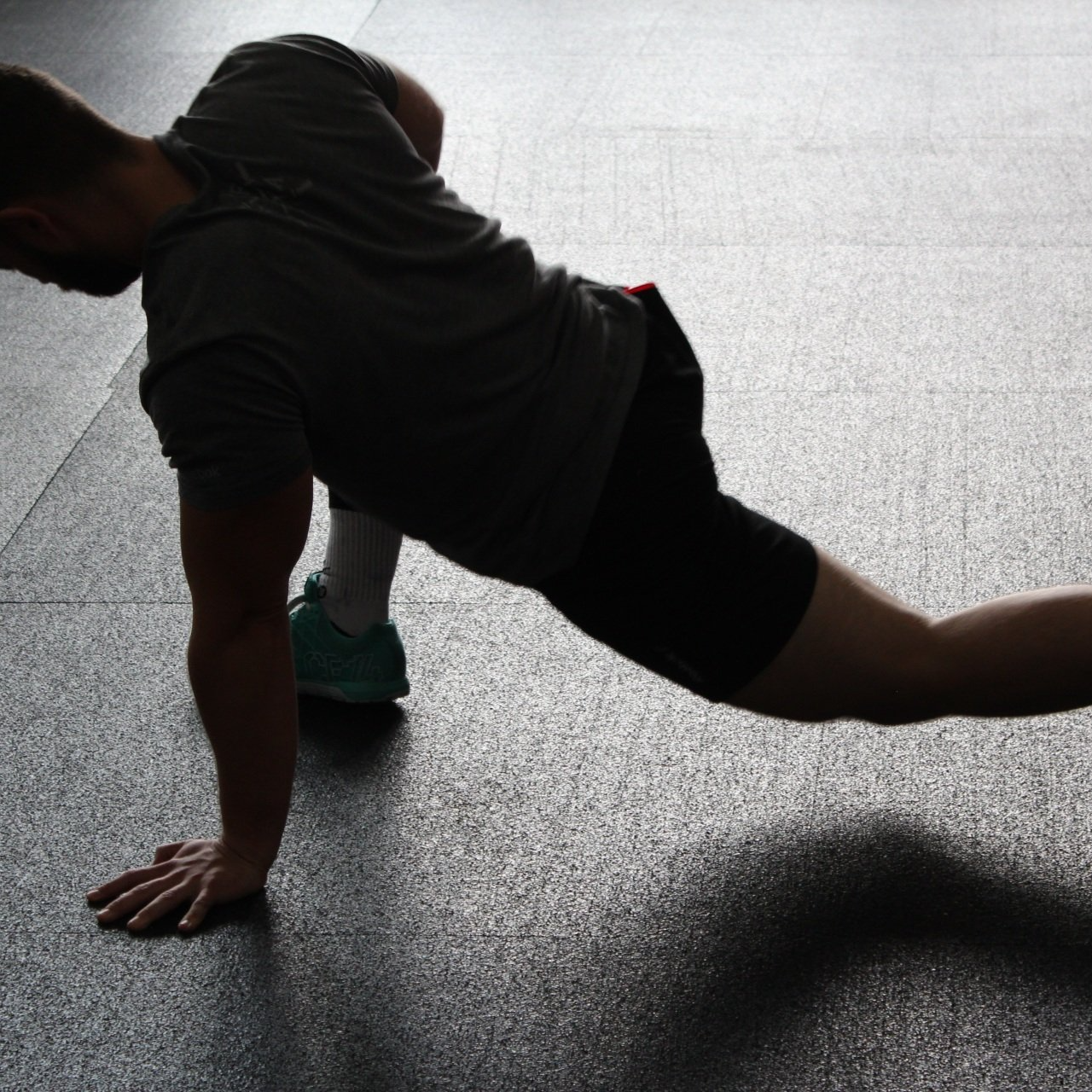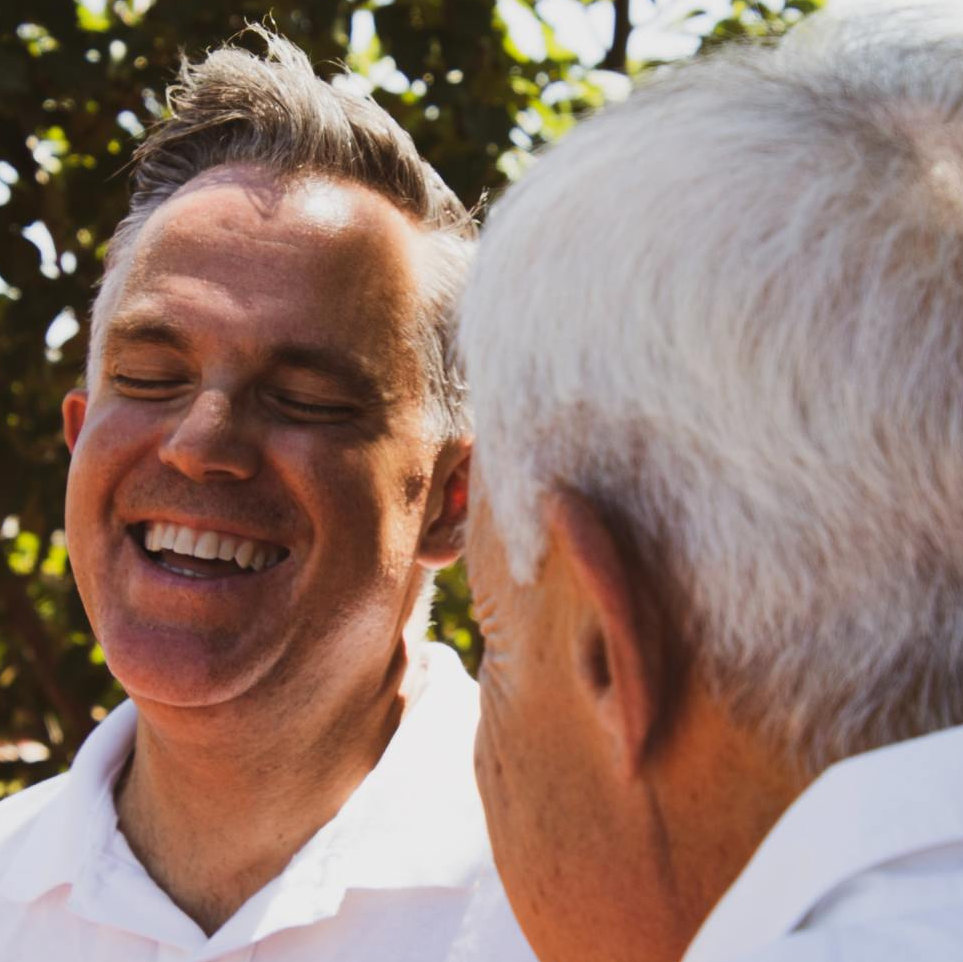Blog
THE MOST IMPORTANT QUESTION
A patient and I were exchanging emails regarding his newest exercise prescription this morning when he dropped this bomb on me; “Is getting me all straightened up going to do something for me?
I mean will I bike or fly cast better, pick up huge logs, split them like Paul Bunyan or will I just look better walking down the street?”
This is undoubtedly the most important question a patient can ask, and the fact that he has been a patient of mine for years and still had to ask this question really shocked me. Apparently somewhere between talking about his symptoms and the weather I had inexplicably neglected to explain why we were working together! If I had neglected to help him understand the true nature of our work together then there are probably other patients not asking this same question. I’m hoping this article will help you to answer some questions for yourself.
This gentleman is in many ways a typical patient in my practice. He is between 40 and 70 years old. He leads a very physically active lifestyle and would like to continue to do so, without depending upon medications and hopefully avoiding surgery.
He is atypical in that he is a former member of a Canadian national track and field team and now funnels his competitive juices towards bicycle racing. He probably puts more effort into his weekly exercise than most of us do in a year. Obviously, if he is very clear on the “why are we doing this” answer, then he will do whatever is necessary to get the desired outcome.
In addition to his cycling he loves flyfishing. And as you might have guessed from the wording of his question, he lives on an acreage. He and his wife have horses, so there are haying and fencing obligations in addition to firewood chores.
We originally met because of his wife. She came to see me for help with some chronic pain issues and has had enough success that she encouraged her husband to see me as well. At the time, he had recently had a cycling injury, but he had struggled with athletic injuries on and off his entire adult life.
GETTING TO THE REAL “WHY”
On the surface, almost all patients come to me for help with chronic pain. However, when you dig down below the surface every patient has their own unique “why”. Contrary to what you might think, pain isn’t the key issue. Why would anyone pay me $145 for an hour of my time when a bottle of Tylenol is $10? Sure, some people want to avoid dependence on medications, but many people see it as a small price to pay for relief. For some people pain becomes such a “normal” part of their lives that it is simply accepted as part of the deal. “I’m not twenty anymore” is more than a cliché, it is a perspective on life and aging.
It is possible to use the kind of work I do as a kind of “First Aid”, performance enhancement and/or preventative “medicine”. The question this patient has asked suggests that deep down he is still using my work as a form of First Aid. He faithfully practices the exercises I’ve prescribed for him, but he doesn’t come in to the clinic to see me unless something has gone sideways with his body symptomatically.
In the past, this patient’s wife has had her symptoms put her in bed. Given their lifestyle, the literal demands of their acreage and the distance they live from the city, it is not possible for them to continue to live the life they love together if he were to suffer a serious health setback.
Back to the original question. “Is getting me all straightened up going to do something for me?” The fact that there are many answers to this question is one of the reasons he is asking it at this late date.
The First Aid answer is, “getting you all straightened up is going to help you get rid of your back pain.”
The performance enhancement answer is, “getting you all straightened up is going to help you cycle faster and longer, and don’t be surprised if your fly casting happens to improve as well.”
The preventative “medicine” answer is “getting you all straightened up is going to help you age more gracefully overall. Look around and you see your peers slowing down either gradually or abruptly. You are among the very, very few who are actually healthier today than you were a year ago.”
THE ANSWER
These are all good, but incomplete answers. He is passionate about cycling, flyfishing and the lifestyle he and his wife enjoy together. He’s retired. These are the things that he literally gets out of bed for every day. I imagine that he wouldn’t be very interested in a life that didn’t involve these things. A catastrophic problem with his back would put all of it at risk. Getting him all straightened up is going to enable him to continue to live the life he loves, for the foreseeable future, without dependence on drugs or surgery. This is his “why”.
Almost all of us have a physical Achilles Heel. For many of us, that Achilles Heel is biomechanical. A muscle imbalance and/or dysfunctional movement pattern that is interfering with our ability to live the life we love, the way we love to live it. People who understand that this are willing to make the Alignment First Protocol © a part of their daily lives, just like brushing their teeth and getting enough sleep. People who don’t understand this only come for help when the shit has already hit the fan.
Does this sound like you? Do you have an Achilles Heel that’s putting the life you love at risk? If so contact me and we’ll set you up with a complimentary 15 minute Discovery Session to determine whether or not it has a clear biomechanical cause we can fix.
If this didn’t answer your question, please feel free to send me an email at geoff@alignmentfirst.ca.
I answer all emails personally. Maybe your question will be the subject of the next article!
Yours in health,
Geoff Dakin
Geoff Dakin

"Most people who have chronic or recurring knee pain have a hip/pelvis alignment problem, a foot/ankle problem, or both." First-principles thinking involves breaking down a problem into its assumption-free, fundamental building blocks. In the chronic pain-elimination game, the following fundamental truths have served me well over the years: 1. The nervous system is paramount. 2. Malalignment of the skeleton adds stress to the neuromuscular system. 3. Postural malalignment can usually be reduced with the practice of appropriately prescribed corrective exercise.

I have found that most people will stretch as aggressively as their pain threshold will allow. However, there is this thing called the “Stretch Reflex.” In other words, stretch too hard and all you are doing is making yourself sore! All pain, no gain. Stretching "the wrong muscles"??? I can hear the gears turning in your head. "The wrong muscles" doesn't make any sense!

Although chronic back pain is the most common chronic pain problem worldwide, of course, it's not the only one. In my practice, I also help people struggling with foot pain, hip pain, shoulder pain, and many others!
In fact, today I want to share with you my perspective on KNEE PAIN, one of the most common problems I'm asked about.

“Impossible” is usually an opinion, not a fact. Although you may’ve taken a very long and winding road to get relief from chronic pain, and you’ve probably even had experiences that suggest that solving your pain problems are “impossible” If you come to the clinic or work with me using video conferencing I can guide you through your rehab training even faster and easier!

This morning I got thinking about something a patient said. She has felt “heard” and she is no longer fearful that she will be “forced to do things that cause undo pain". I put a lot of time, effort, and yes, thought, into making sure you’re getting the care your body needs, not what some system says you SHOULD need.

With people living longer than ever before, more and more individuals find themselves sandwiched between caring for their children and caring for their aging parents. You may experience feelings of grief and loss, as you see your parents changing and the roles of your family shifting. You may also feel fearful and anxious about your parent’s mortality, and that gets you thinking about your own.

The body holds much of the information we need to function at our best, but too often we ignore its messages and plow ahead with what our minds tell us. Instead of asking our body what it wants, we go for the quick fill-up or the comfort food that may be the last thing we really need. So, what to do to give your body an equal say in how you use it?



